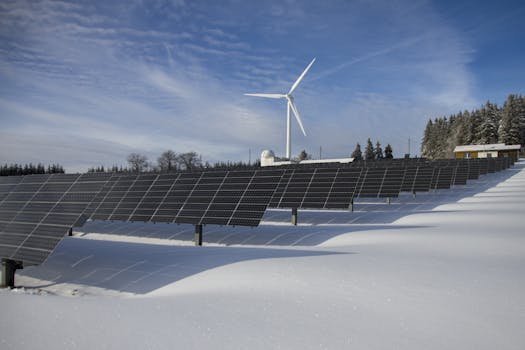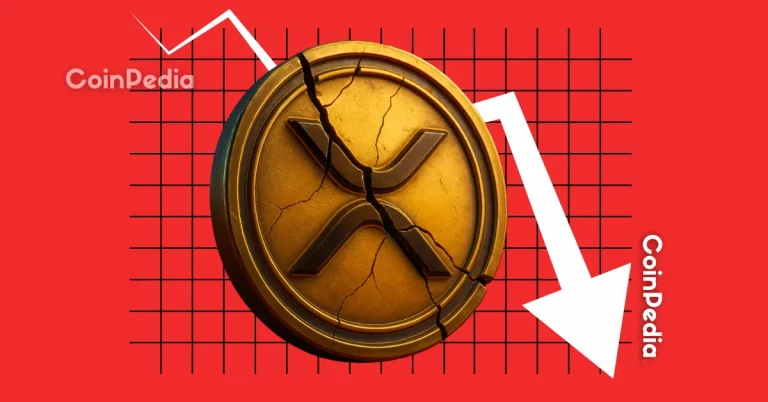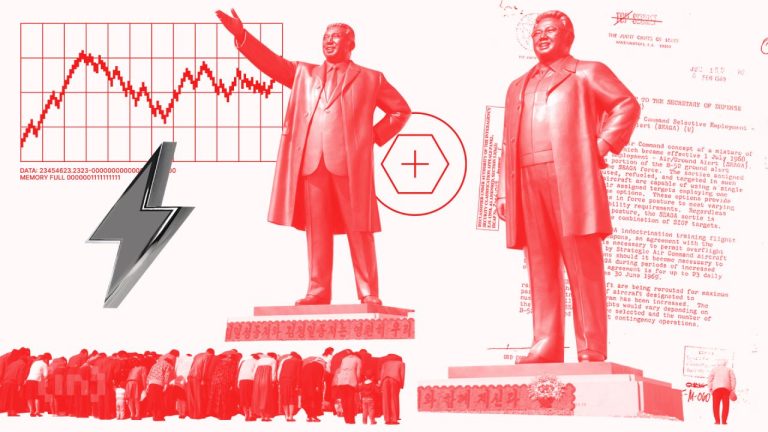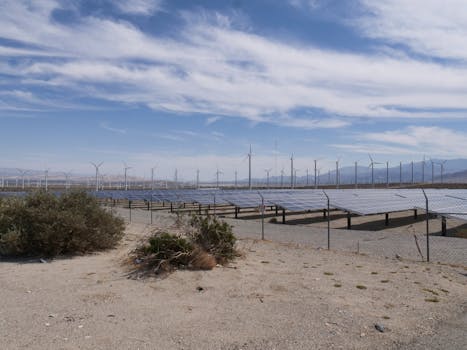
The Crucial Role of Mechanics in Advancing Renewable Energy Technologies
Takeaways: Mechanics is fundamental to the design, efficiency, and reliability of renewable energy technologies. This article explores the various mechanical principles that underpin wind, solar, and hydropower systems, showcasing their significance in the transition to sustainable energy.
As the world moves towards a more sustainable energy future, the importance of renewable energy technologies cannot be overstated. These technologies, which harness natural resources such as sunlight, wind, and water, are crucial in combating climate change and reducing our reliance on fossil fuels. However, the effectiveness and efficiency of these systems heavily depend on the principles of mechanics. In this article, we will delve into the various ways in which mechanics plays a vital role in the advancement of renewable energy technologies.
Understanding Mechanics in Renewable Energy
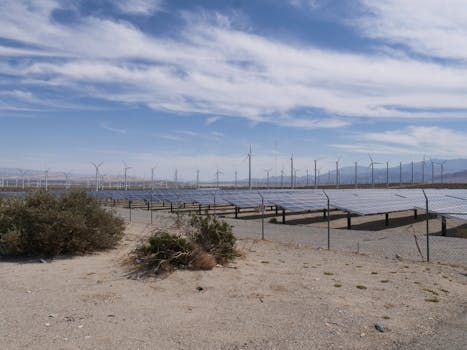
1. Wind Energy Technologies
Wind energy is one of the fastest-growing renewable energy sources globally. The mechanics behind wind turbines is essential to their functionality. Turbines are designed to convert kinetic energy from wind into mechanical energy, which can then be transformed into electrical energy. Key mechanical principles involved include:
- Aerodynamics: The shape and design of turbine blades are critical for optimizing performance. Engineers use aerodynamic principles to maximize lift and minimize drag, ensuring that turbines can capture as much wind energy as possible.
- Structural Mechanics: Wind turbines must withstand various forces, including wind loads and gravitational forces. Engineers use structural mechanics to ensure that turbines are designed for durability and safety, especially in extreme weather conditions.
- Mechanical Systems: The gearbox, generator, and other mechanical systems within a wind turbine must work in harmony. The mechanics of these systems dictate how efficiently energy is converted and transmitted, making mechanical design essential for overall performance.
2. Solar Energy Technologies
Solar energy technologies, including photovoltaic (PV) panels and solar thermal systems, rely heavily on mechanical principles as well. The mechanics involved in solar technologies include:
- Material Science: The choice of materials for solar panels is a mechanical consideration that affects efficiency and durability. Engineers must consider factors such as thermal expansion, stress, and fatigue when selecting materials for solar technologies.
- Tracking Systems: Solar energy systems often use tracking mechanisms to follow the sun’s path across the sky. The mechanics of these tracking systems determine their effectiveness, impacting the overall energy capture of solar installations.
- Thermal Dynamics: In solar thermal systems, mechanics plays a role in the design of heat exchangers and storage tanks, ensuring efficient heat transfer and storage for later use.
3. Hydropower Technologies
Hydropower is another significant player in the renewable energy sector. The mechanics of hydropower systems are crucial for optimizing energy production. Key mechanical aspects include:
- Fluid Mechanics: Understanding fluid dynamics is essential for designing turbines and dams. Engineers must analyze water flow, pressure, and velocity to optimize turbine design for maximum energy conversion.
- Mechanical Components: The construction and maintenance of mechanical components like gates, turbines, and generators are critical. The reliability and efficiency of these components are governed by mechanical principles.
- Structural Integrity: Dams and other structures must be designed to withstand the forces exerted by water. Structural mechanics ensures that these structures remain safe and functional under varying conditions.
Conclusion
